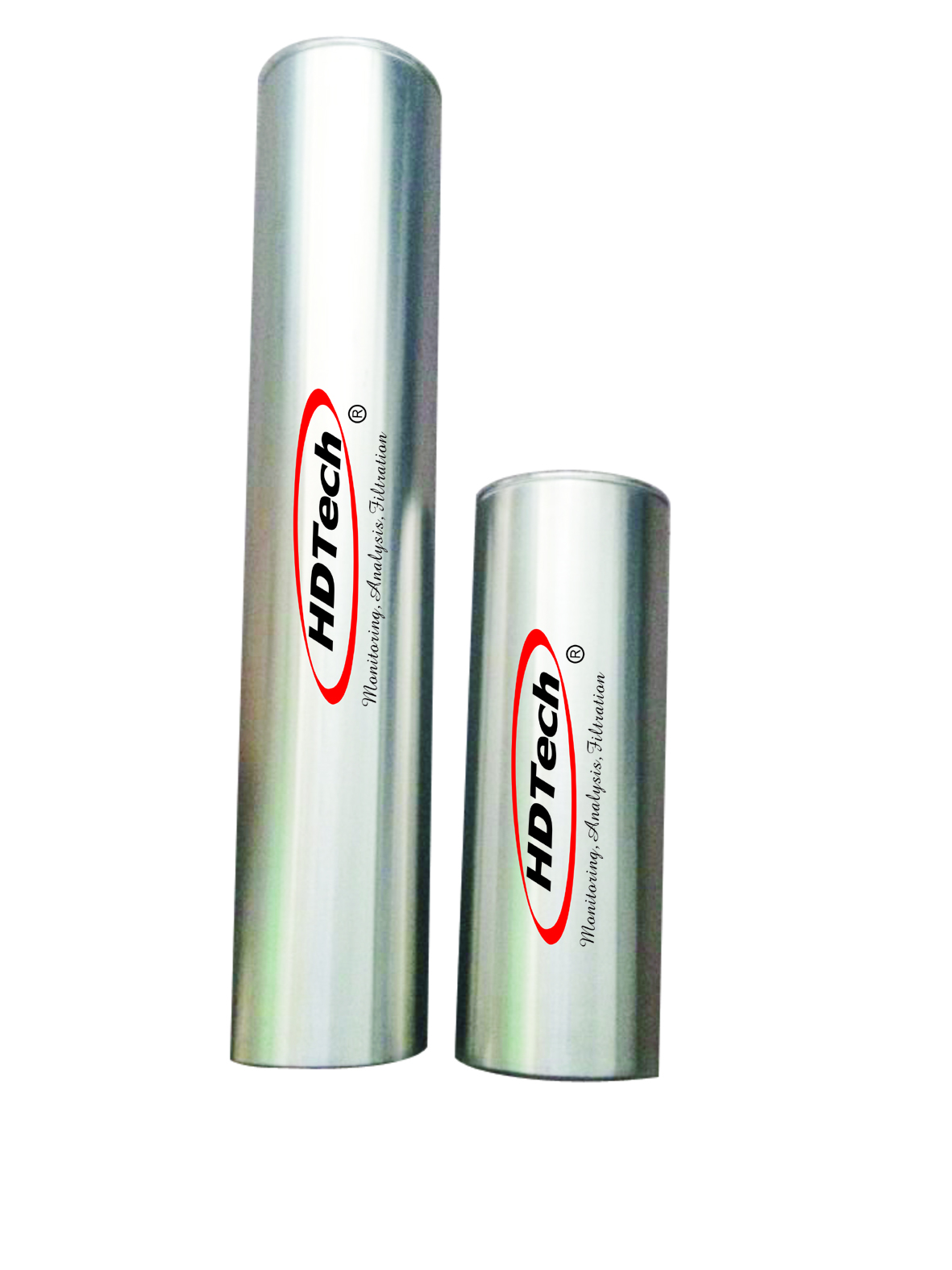

A metallurgical bond form between the carbon steel and stainless steel during heating and rolling. The standard method of producing clad steel is by rolling-press cladding method. The bonding of stainless steel with carbon steel provides not only an adequate strength but also the corrosion resistance to the metal. The Carbon steel plate, bonded with the stainless steel plate on one or both sides produces a clad steel plate composite. Carbon Steel Material with Stainless Steel Cladding Stainless steel cladding can be used on carbon steels and low alloy steels. The stainless steel contains a good proportion of chromium (minimum 10%) which reacts with oxygen to form a passive layer of chromium oxide (Cr2O3) which is non-porous and restricts further corrosion. The stainless steel cladding is very durable and resistant to environmental effects. The cladding is the technique in which two dissimilar metals are bonded together by pressing, extruding two metals through a die or rolling sheets under high pressure.

The practice is to use carbon steel for manufacturing the equipment or appliances and clad it with a thin layer (3mm) of Stainless steel. Stainless steel cladding provides a solution to this problem. Use of stainless steel for fabricating large structures is costly and economically not viable. Carbon steel, in most of the cases, is not a good choice for working with corrosive fluids, high temperatures, and internal pressures. The industrial steels are more prone to corrosion. Describe two properties of the metal tungsten that make it good material for the filamentĢ1 3C.This article provides information about stainless steel cladding over carbon steel material in corrosive services. In a light bulb, a thin tungsten wire filament that is wound in a coil conducts electric current. What accounts for these properties?Ģ0 3B. How does a metallic bond differ from an ionic bond?ġ9 3A. Review what you learned earlier about ionic bonds. Review what you learned earlier about ionic bondsĢC. What role do the valence electrons play?ġ8 2C. Explain how metal atoms form metallic bonds. Explain how metal atoms form metallic bondsĢB. Compare and contrast the general properties of alloys and pure metalsġ7 2B. From what pure metals is stainless steel made?ġ5 1C. Pg 202 Electrical Conductivity Metals conduct current easily b/c the electrons in a metal can move freely among the atomsġ1 Pg 202 Thermal Conductivity Metals conduct heat easily because of the valence electrons’ freedom of motion within a metal or metal alloyġ4 1B. Pg 202 Luster A metals luster (shininess) is due to its valence electrons When light strikes these electrons, they absorb the light and then give it off again

Pg 201 Malleability and Ductility Metals are malleable (can be rolled into sheets or beaten into shapes) and ductile (easily bent and pulled into thin strand or wire) because the positive ions are attracted to the loose electrons all around them rather than to the other metal ions This is also why metals bend before breakingĩ Luster A metals luster (shininess) is due to its valence electrons High electrical conductivity, and high thermal conductivity of solid metals
#Ion bonding stainless steel free
Pg 200 Metallic Bonding Continued Metal atoms combine in regular patterns in which the valence electrons are free to move from atom to atom Crystalline Solids Positively charged ions are closely packed together Metallic Bond: an attraction between a positive metal ion and the many electrons surrounding itħ Pg 201 Metallic Properties The “sea of electrons” model of metallic bonding helps explain the malleability, ductility, luster. Pg 199 Chemical Properties of Alloys The chemical properties of an alloy are different than what it is made of IE: Iron is strong and a good material to make tools out of but it rusts so we add carbon to get steel, which is hard and does not rust Iron rusts Steel does notĥ Pg 200 Metallic Bonding The properties of solid metals and their alloys can be explained by the structure of metal atoms and the bonding between those atoms Most metals have 1-3 valence electrons These are held loosely and are easily lost causing the metal atom to become positively charged Pg 199 Physical Properties of Alloys The properties of an alloy can differ greatly from those of its individual elements May also retain many physical properties of the metals depending on how they are mixed Chapter 5 Section 4 – pg 198 Bonding in MetalsĢ Pg 199 Metals and Alloys Alloy: a mixture made of two or more elements, at least one of which is a metal Alloys are generally stronger and less reactive than the pure metals from which they are made Zinc + Copper = Brass Carbon + Iron = Steel Copper + Silver = Sterling Silver


 0 kommentar(er)
0 kommentar(er)
